
Photoperiod Phenomena (Grades 9-12)
Students will understand how photoperiodism impacts plants and animals in the environment and learn how egg farms use this science to manage the laying of eggs by their hens.

Students will understand how photoperiodism impacts plants and animals in the environment and learn how egg farms use this science to manage the laying of eggs by their hens.
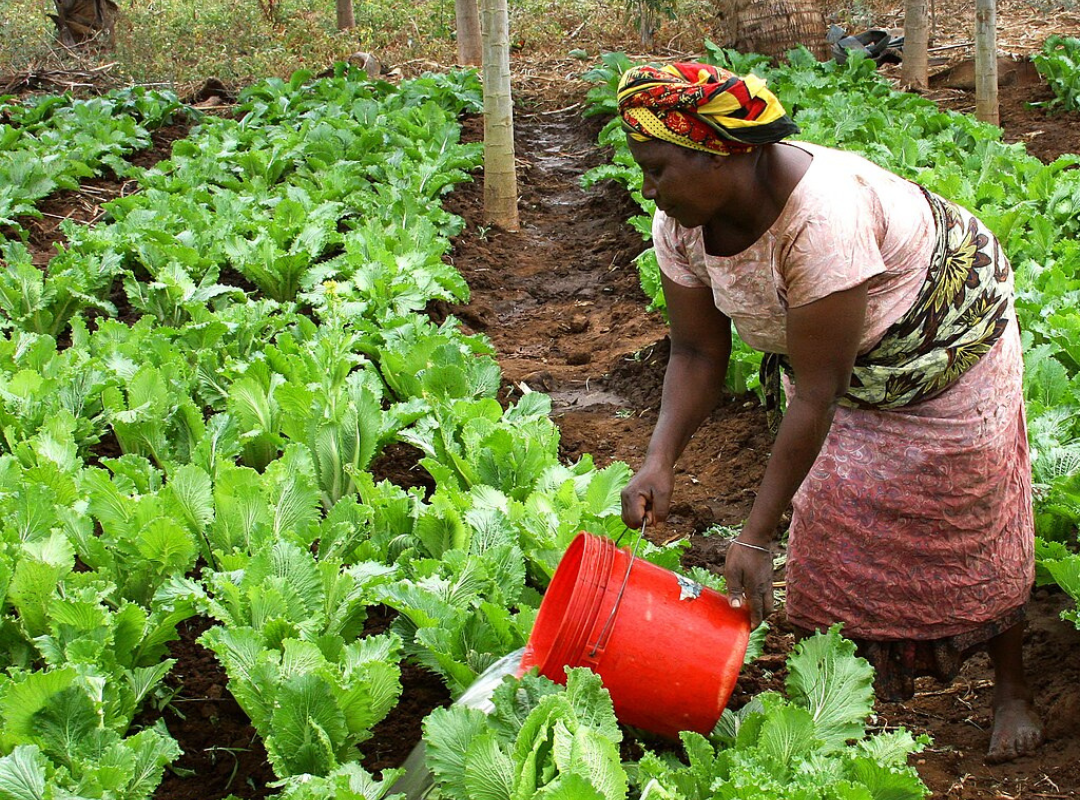
Students will investigate the number of women farmers globally and identify these farmers’ impacts on feeding the world's population.
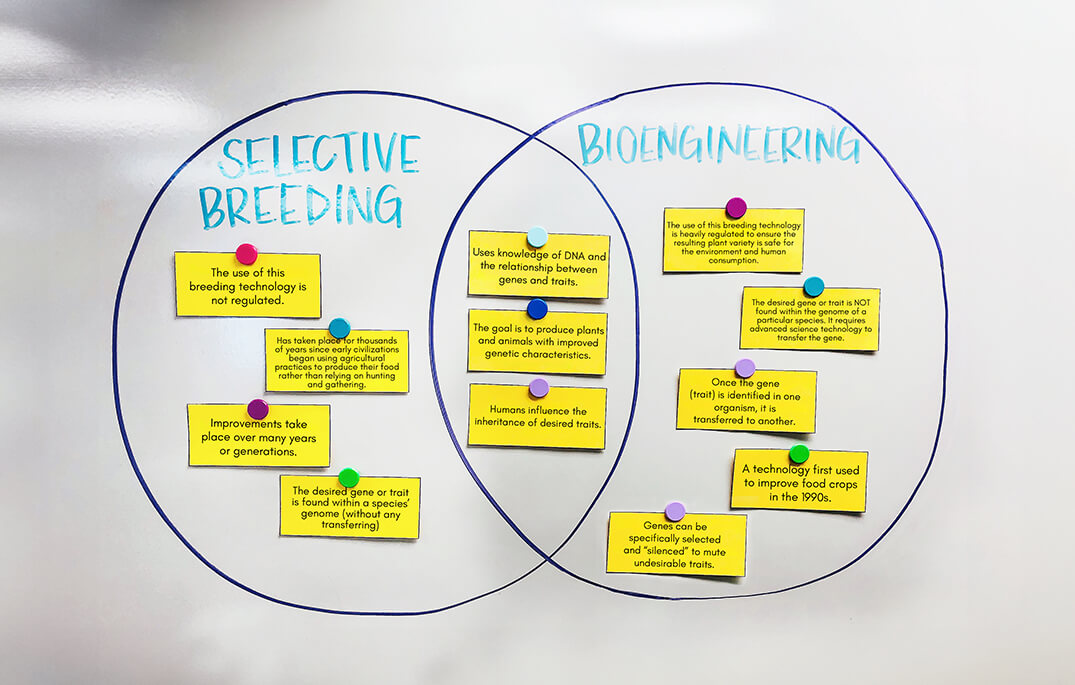
Students identify technologies that have changed the way humans affect the inheritance of desired traits in organisms; compare and contrast selective breeding methods to bioengineering techniques; and analyze data to determine the best solution for cultivating desired traits in organisms.
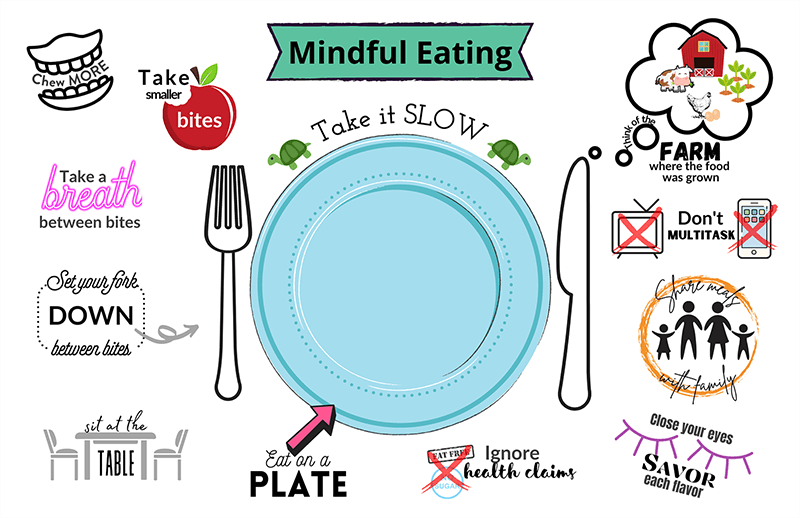
Students will explore hunger, satiety, and mindful eating to discover how our eating habits are impacted by our awareness to physiological signals of hunger or fullness. Students will also practice mindful eating practices and explore portion sizes as they sort foods, create meals using portion-size food models, and track their food using mindful eating practices.
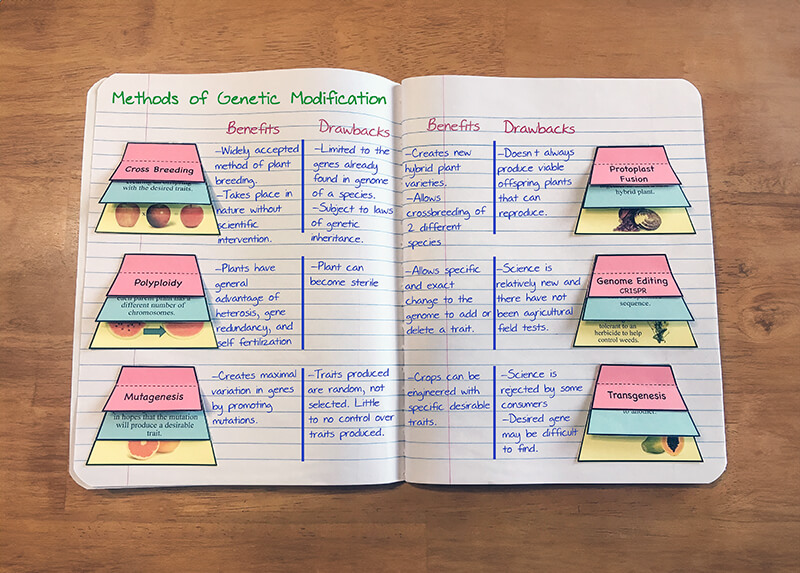
Explore six scientific processes that can be used in plant breeding to modify the genotype of a plant in the pursuit of desired characteristics.
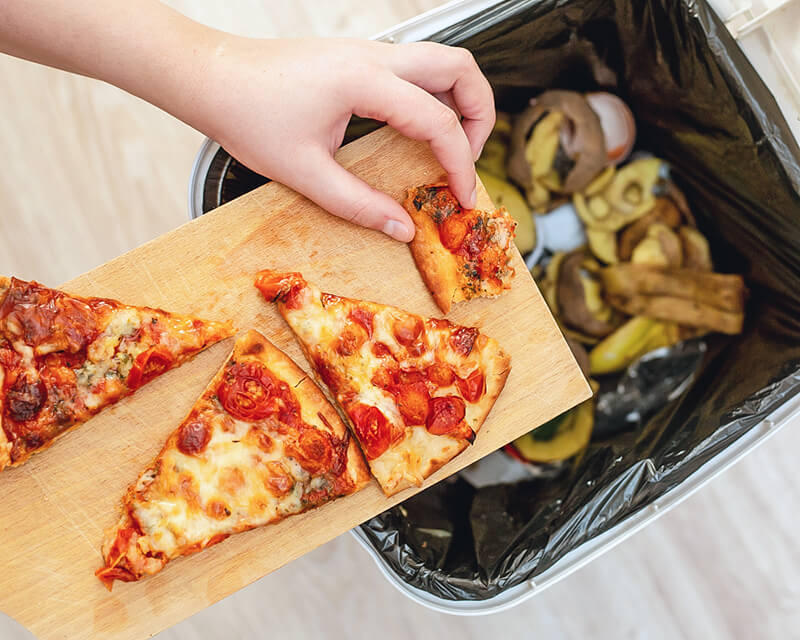
Students will explore strategies that can decrease food waste at home and school, design solutions for schoolwide food waste reduction efforts, and participate in food waste challenges that encourage sustainable shopping, correct food storage practices, and meal planning.
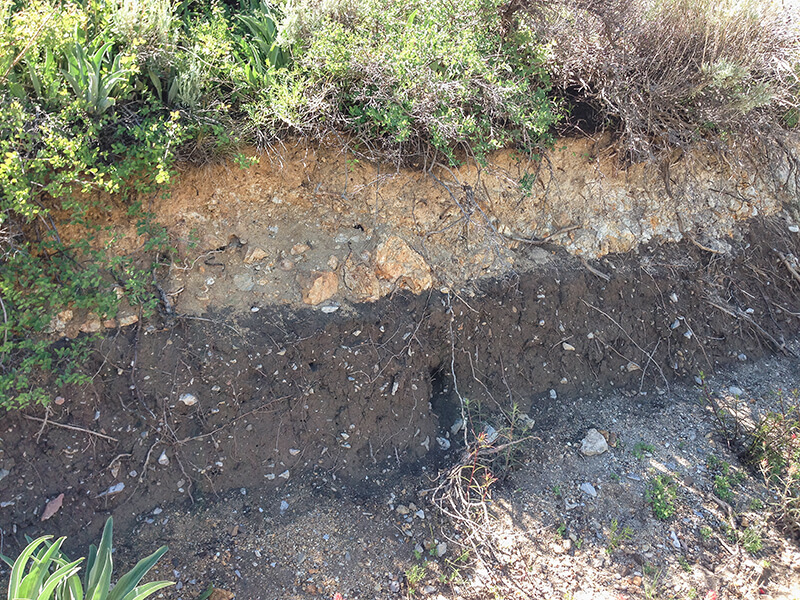
Students discover that topsoil is a nonrenewable resource and use an apple to represent how Earth’s land resources are used. Through critical thinking, students study agricultural land use and consider the sustainability of current land use practices including the use of land to feed and graze livestock animals.
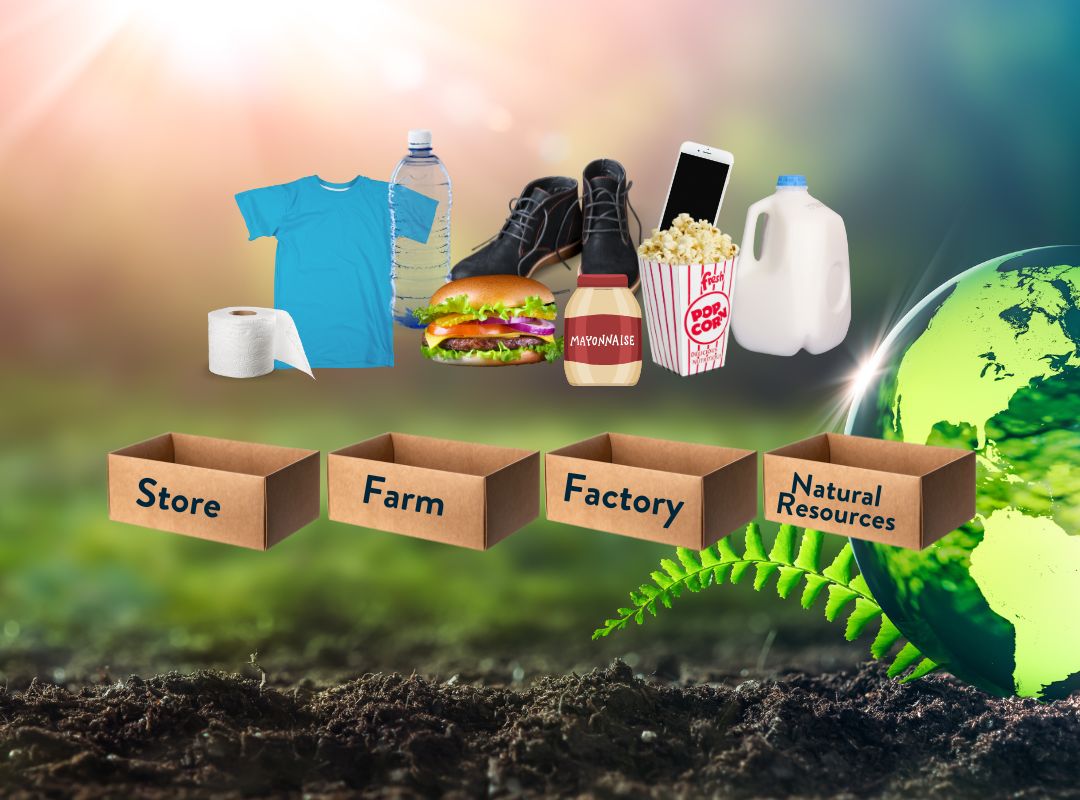
In this lesson students will learn that agriculture provides nearly all of the products we rely on in any given day by participating in a relay where they match an everyday item with its "source."
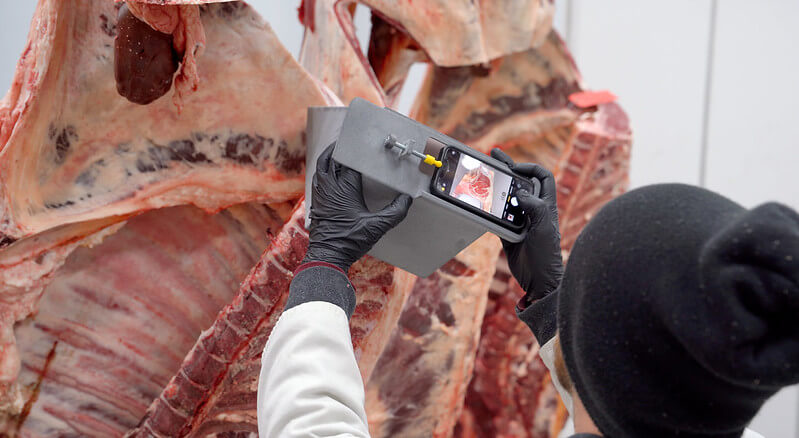
Students will evaluate the USDA grading system for whole cuts of beef and discuss consumer preferences and nutritional differences between grain-finished and grass-finished beef. Students will also distinguish various labels on beef products and discuss reasons for the government’s involvement in agricultural production, processing and distribution of food.
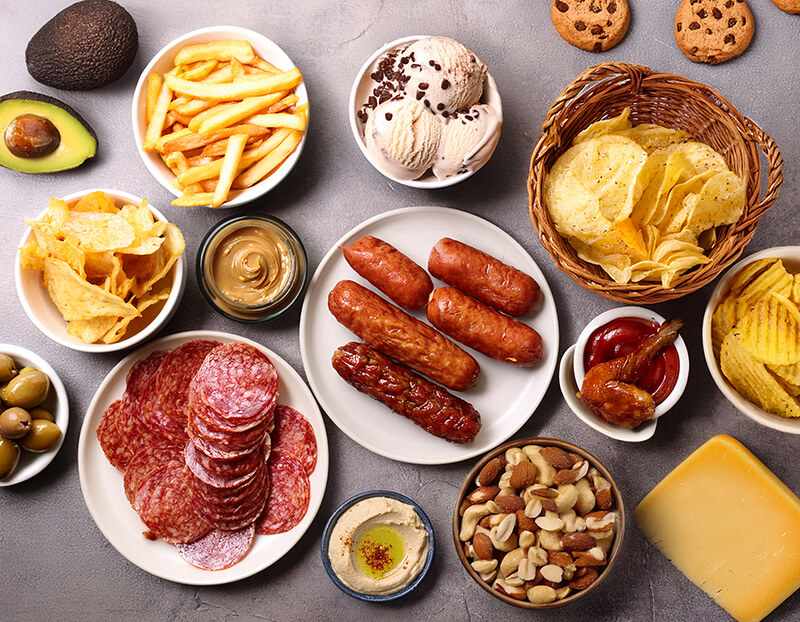
This lesson describes the role of fats in food and in the body, and how they serve as a source of energy. It provides information on different types of fats that are listed on the Nutrition Facts label – including total fat, saturated fat, and trans fat—and defines trans fat and cholesterol. The lesson also includes dietary guidance for fat consumption.

Explore agricultural career pathways from a lens of problem solving to recognize the challenges that will need to be addressed in the next generation of careers. Students will also use a decision matrix to assess job characteristics and determine which career aligns best with their preferences and goals.
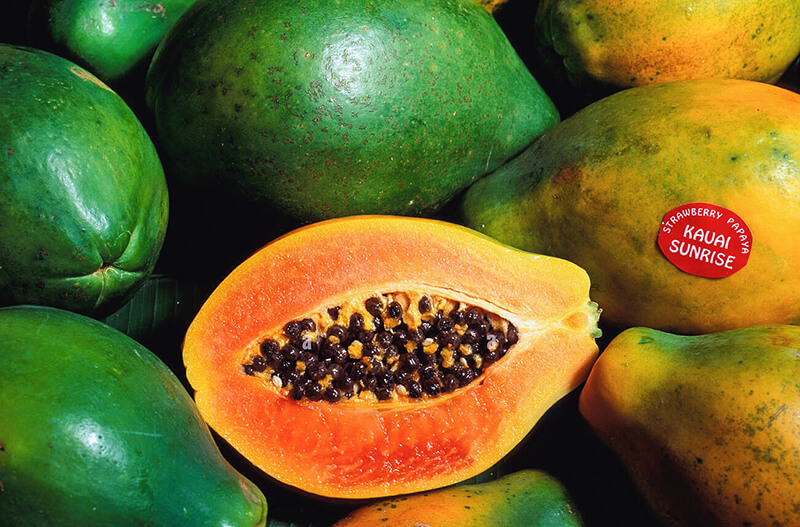
While many view bioengineered crops (GMOs) as a promising innovation, there is controversy about their use. This lesson provides students with a brief overview of the technology, equipping them with the ability to evaluate the social, environmental, and economic arguments for and against bioengineered crops (GMOs). This lesson covers a socioscientific issue and aims to provide students with tools to evaluate science within the context of social and economic points of view.